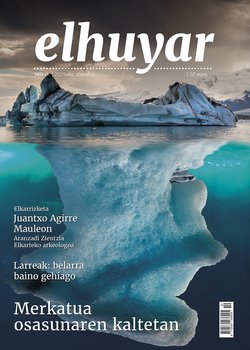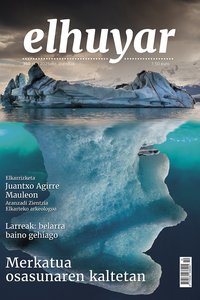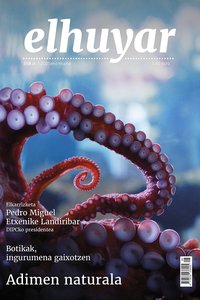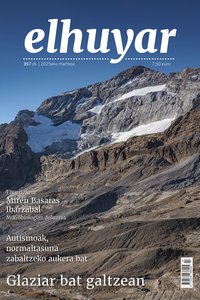They warn that much less water is available than they thought for lithium mining
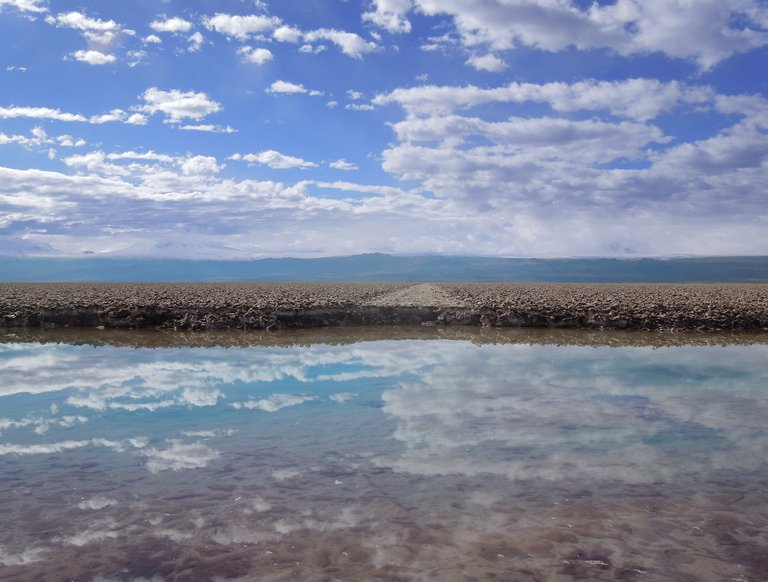
The UMass Amherst researchers warn that the calculations that have been made to determine the amount of lithium mining water in the Lithium Triangle were done from a very high point. With this in mind, it has been proposed to adjust mining forecasts, otherwise the damage will be much greater than would be expected, both for the environment and for its communities.
The Lithium Triangle contains more than half of the lithium in the world. This area covers a very large area of Chile, Argentina and Bolivia, under the Andes, where lithium is concentrated in their lakes, dissolved in water, under a layer of fresh water. The acquisition of data for the calculations is very difficult due to the scarcity of monitoring stations and the complexity of the climatology and hydrology of the territory. So far, two global models have been used to calculate water resources, but in view of the large gaps, researchers at UMass Amherst have created their own model.
To create the model, 28 watersheds have been taken into account, observing that the results are very far from those provided by the previous calculations. In fact, it was previously believed that the flow rate of fresh water reaching the Lithium Triangle was about 90-230 mm per year. The model, however, has proven to be 2-33 mm per year. On the other hand, mining companies are changing the process of lithium extraction, and the current process requires more water than the old one.
Researchers have confirmed that lakes are highly vulnerable ecosystems, and that their exploitation endangers not only the ecosystems, but also the health and lifestyle of the surrounding indigenous communities. According to the study, published in the journal Communications Earth and Environment, there is much less water available than expected. With lithium demand expected to increase 40 times in the coming decades, researchers suggest that it is essential that scientists, local communities, regulators and the lithium mining industry work together to ensure that water use does not exceed the sustainable limit.
Buletina
Bidali zure helbide elektronikoa eta jaso asteroko buletina zure sarrera-ontzian


